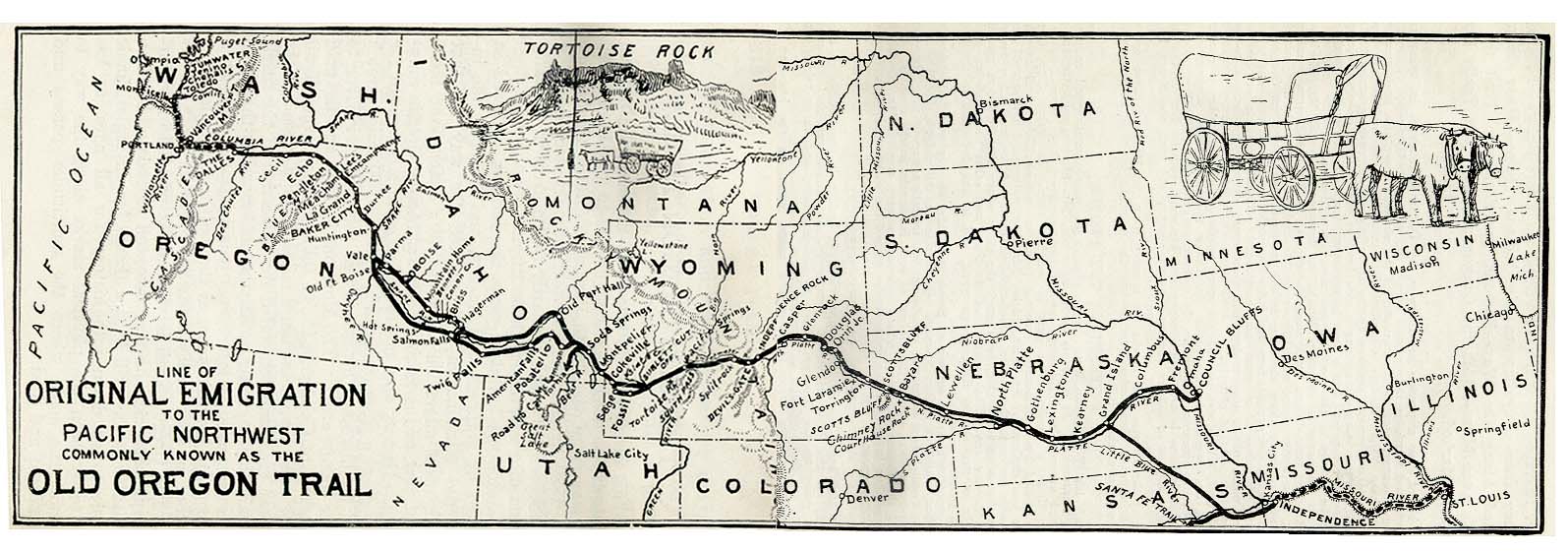CHAPTER 7 SECTION 2 NOTES
Representatives meet in Philadelphia to revise the Articles of Confederation or make a new Constitution.
VIRGINIA PLAN – (Edmond Randolph of Virginia) Plan suggested that states not be represented equally. Rather, they should be represented according to their population. STATES WITH GREATER POPULATION WOULD HAVE MORE POWER.
NEW JERSEY PLAN — (William Patterson of New Jersey) suggested that representation in the legislature remain the same as Articles of Confederation.
EACH STATE WOULD BE REPRESENTED EQUALLY.
THE GREAT COMPROMISE — Two houses of Congress -> the Senate and the House of Representatives. Each state would have 2 Senators. Each state is equal in power.
The number of members each state would get in The House of Representatives would be determined by their population. Larger states in population would have more power.
THREE-FIFTH’S COMPROMISE — Slave states wanted slaves to be counted as population. Free states did not want slaves counted.
The compromise >> Three-Fifth’s of slaves would be counted as population.
OTHER COMPROMISES
Government was given exclusive power to regulate trade among states and with other countries, including the power to tax imports.
Congress could NOT put a tax on any export NOR could it interfere with the foreign slave trade for 20 years.
GOVERNMENT BRANCHES
Legislative — made up of Congress to make laws
Executive — headed by a president to carry out laws
Judicial — courts, interpret laws
RATIFICATION — 9 of the 13 states had to ratify (approve) the new Constitution before it could be put into effect.
